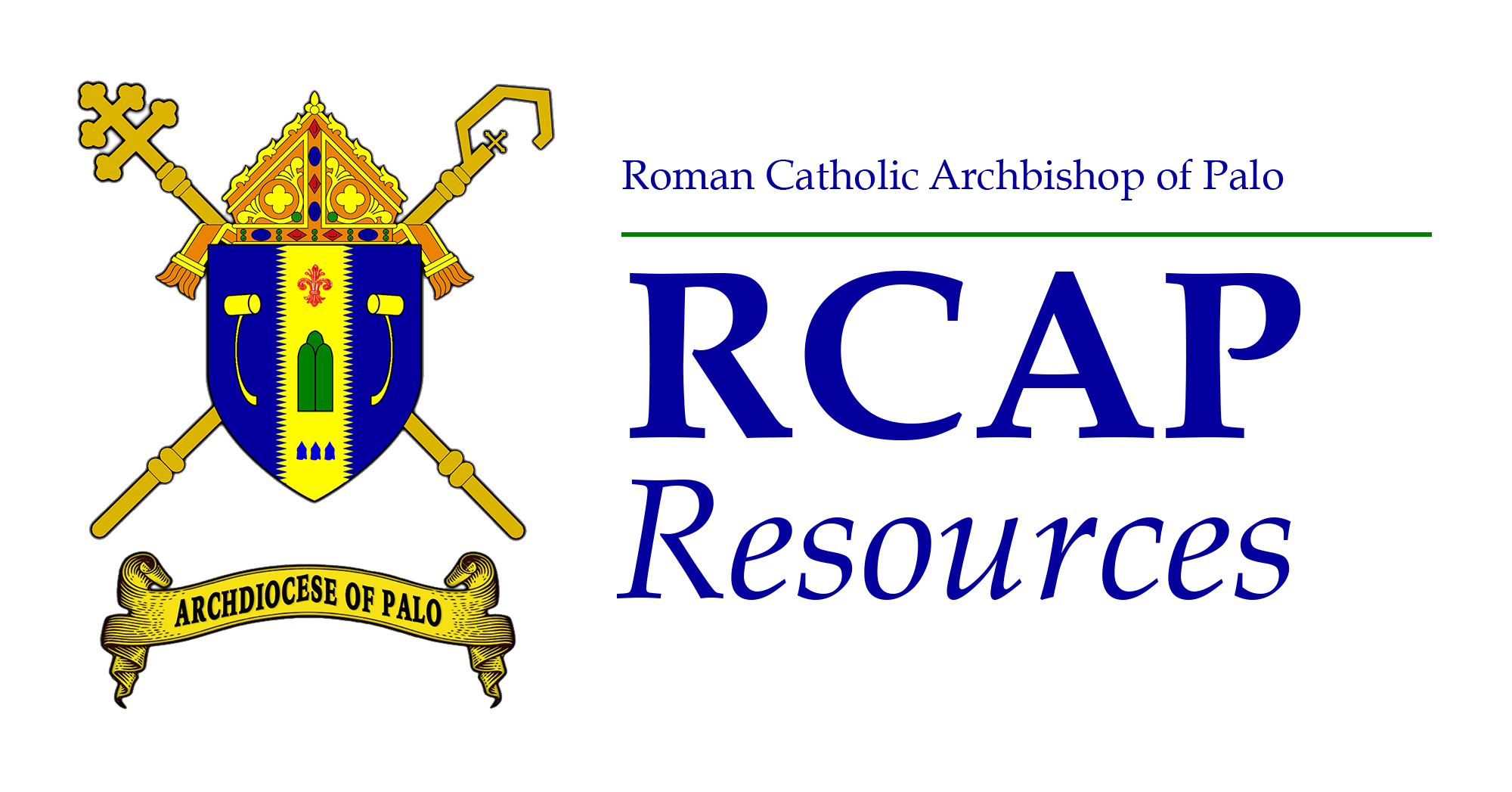Liturgical-Pastoral Guidelines
in line with the Holy Week celebration in the Archdiocese of Palo
- The reason behind the injunction to celebrate the liturgy “sine populo” (at which only one minister participates) is to avoid the gathering of the faithful from different areas or houses (in order to stop any contamination, so to speak). And so, those who live in one household (rectory or religious house) should come together and celebrate especially the Divine Office and the Paschal Triduum as one community/family; in this case, the minor minister (non-cleric) should also be a member of the household or community.
- To create a sacred atmosphere in our parishes and to remind each and everyone to pray, please advise all households to put up altars with the crucifix and other religious icons in their front yards, or porches or windows at the latest starting Palm Sunday until Easter Week, at least. If possible, candles are lit when the family prays, during a scheduled time of a liturgical celebration in the parish, when the priest passes by for the Blessing of Palms on Palm Sunday and the Blessing with Blessed Sacrament on Easter Sunday.
- On Palm Sunday Mass, the third form of the entrance rite is used – simple entrance similar to a regular mass.
- The Blessing of Palms could be done either in the morning or afternoon or both. On this day, the people should place outside their homes (and/or on the altar set-up outside) the palms or branches to be blessed. The priest on an open car or pick-up truck goes around the entire parish and at determined spots (every corner or entrance of a barangay), he stops to say the prayer of blessing of Palms then goes around blessing the palms (without holy water) along the way.
- Since for the Holy Thursday Mass of the Lord’s Supper, the tabernacle should be empty, it would be wise if in your daily masses you give communion from the consecrated hosts in the tabernacle to members of your household who may happen to participate at mass.
- The Evening Mass of the Lord’s Supper follows the ritual form of a “Mass at which only one minister participates” even if priests in the same house or community are all present. A homily however should be given especially if members of the household (rectory staff) are present. After the mass, the altar is stripped and the consecrated host/s which will be consumed in the Good Friday liturgy is placed inside the Tabernacle of Repose in the sacristy or in a suitable place in the sanctuary or inside the church.
- On Good Friday, the faithful in the parishes should never be deprived of meditations on the Passion of the Lord such as the Siete Palabras (which could be shared via live streaming or on-air by means of loudspeakers on church belfries or via radio). A large crucifix and/or the image of the Santo Entierro and other holy week images may be placed in front of the church. Aside from designated volunteers who will watch and remind people of the DOH protocols, a cord or a fence should be placed around them to stop people from touching or kissing them.
- The additional intentions (prayers) to be added to the Solemn Intercessions in the Good Friday liturgy, as well as other prayers which may be of use, will be sent later.
- The earliest time for the Easter Vigil (at which only one minister participates) is 6:30 pm (nightfall). The first part consists only of the simple lighting of the candle and the Exultet. The second part consists of five readings: 3 from OT and 2 from NT; among the three, Exodus 14 should be included. The third part consists of the Renewal of Baptismal Promises. And the 4th part is the Liturgy celebrated as usual.
- On Easter Sunday, images of the Risen Lord and the Blessed Mother may be placed in front of the church (in the same manner as in Good Friday). As in Palm Sunday, the priest (riding on a slow-moving vehicle) goes around the parish blessing the people with the Most Blessed Sacrament in a monstrance. He can be accompanied by canned Eucharistic music and the ringing of the altar bells.

